Supermarkets have plenty of food to see us all through the coronavirus (covid-19) but in the likely event of having to go through a week or two of self-isolation, or indeed a longer quarantine, I know gardening can help. I’d like to recommend it as an interesting way to pass the time with returns in many guises; from a distraction seeing which new insect visits today, unusual treats to eat or a colourful flower that wasn’t open the day before.
1) French beans for large harvests
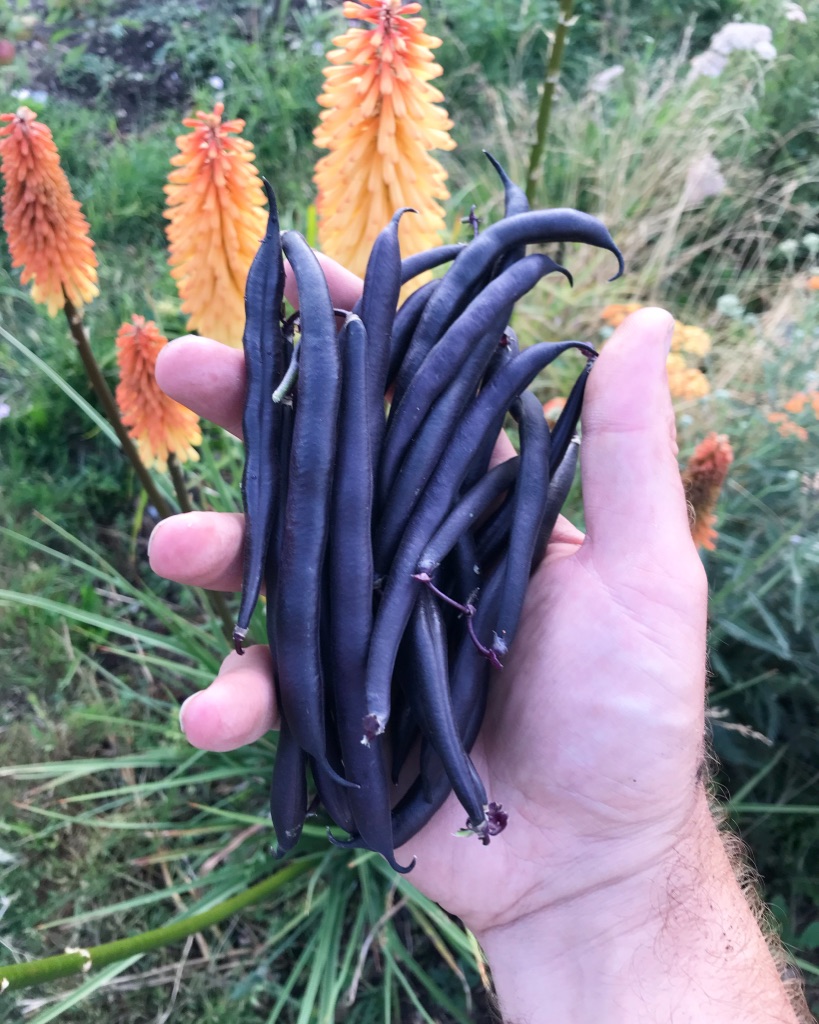
Buy a packet of French beans and follow the instructions on them – they’re easy to grow in the ground or large pots (30cm+) filled with peat free compost. They need full sun, watering in dry spells, some seaweed fertiliser and for the normal large types, canes to grow up to 2m tall. Sow inside in pots in mid-April to be planted outside when the weather is warmer in May – June. They’ll crop for ages if you keep picking.
2) Tomatoes for summer treats
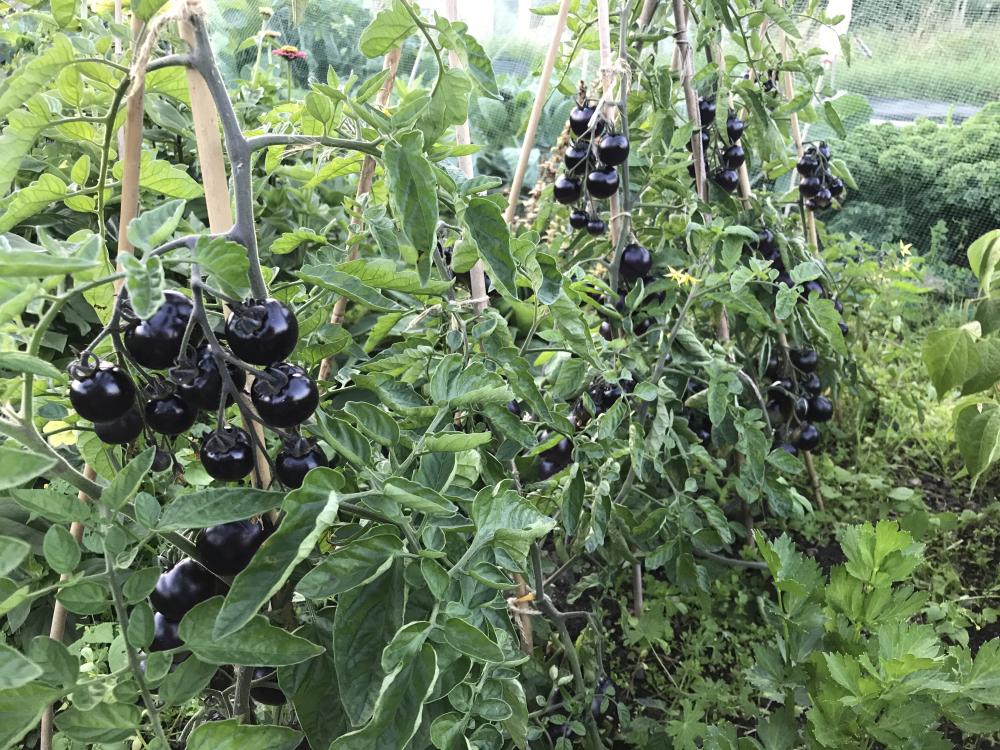
Buy outdoor variety seeds, such as ‘Gardener’s Delight’ now and sow inside into 9cm pots of peat free compost and grow on windowsills in full sun. Eventually plant outside into grow bags, large pots (30cm+) or the ground. Water well all summer and fertilise weekly with seaweed fertiliser. Grow up strong canes, tying the plant every 20cm or so to it. Pinch out side shoots but leave the flowering shoots.
3) Indoor pickings from micro greens
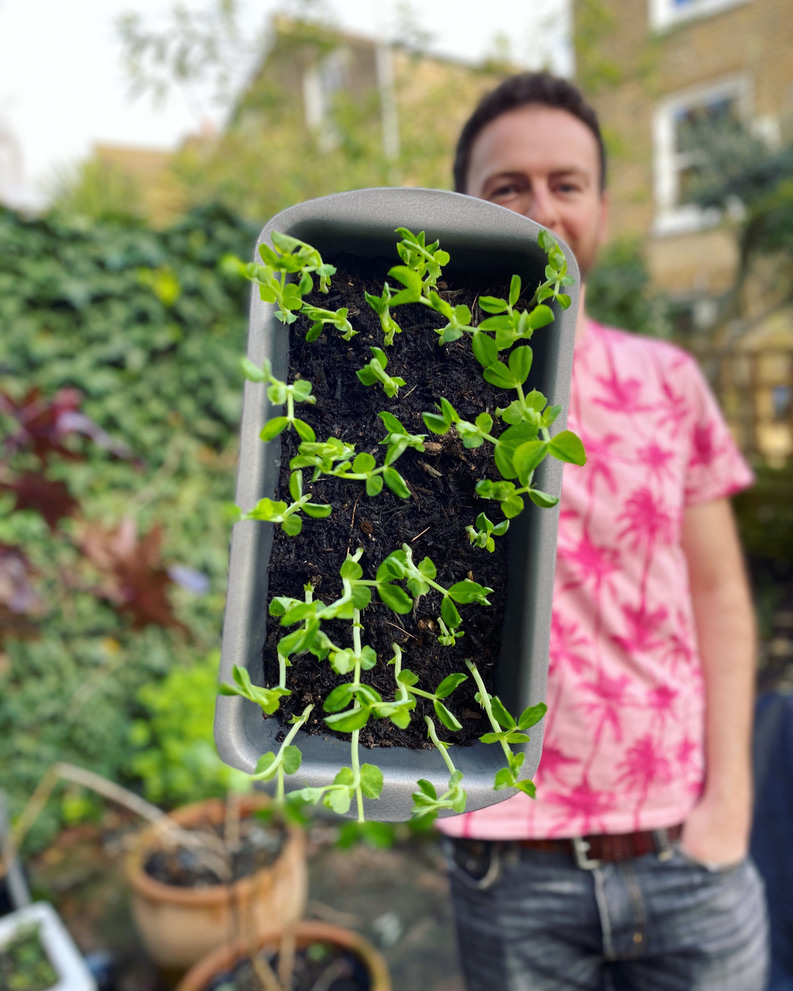
Anyone can grow some edibles indoors, so even if you have no garden whatsoever, you can benefit from the green stuff. Micro leaves, also known as micro greens, shoots or sprouts are simply young plants that are grown from seed and then harvested and eaten quickly in a matter of weeks. You can buy pea shoot seeds online easily or a well known money saving trick is to buy bags of Marrowfat peas from supermarkets. These dried peas can be sown into a tiny layer of compost and will shoot into edible greens in a matter of a week or two. Other seeds to try include kales, lettuces, coriander, basils and amaranth.
4) Fast growing courgettes
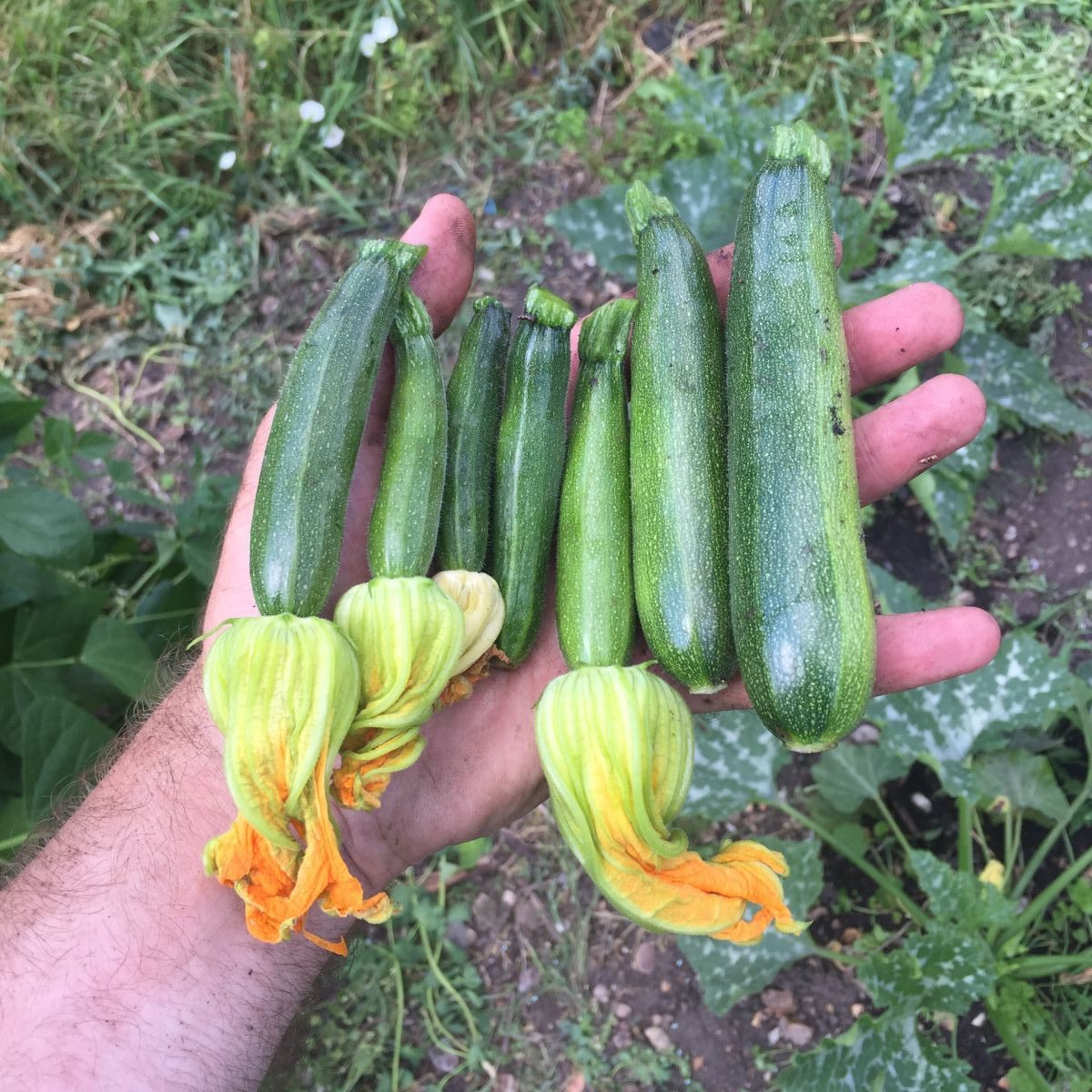
Sow the seeds of any courgette plants now, you only need 2 – 3 plants for lots of fruit. Plant out at 60cm spacing and add lots of peat free compost of well-rotted manure. Can be grown in large pots but need lots of water. Feed weekly during summer with seaweed feed. Grow in full sun.
5) Grow nutritious kale
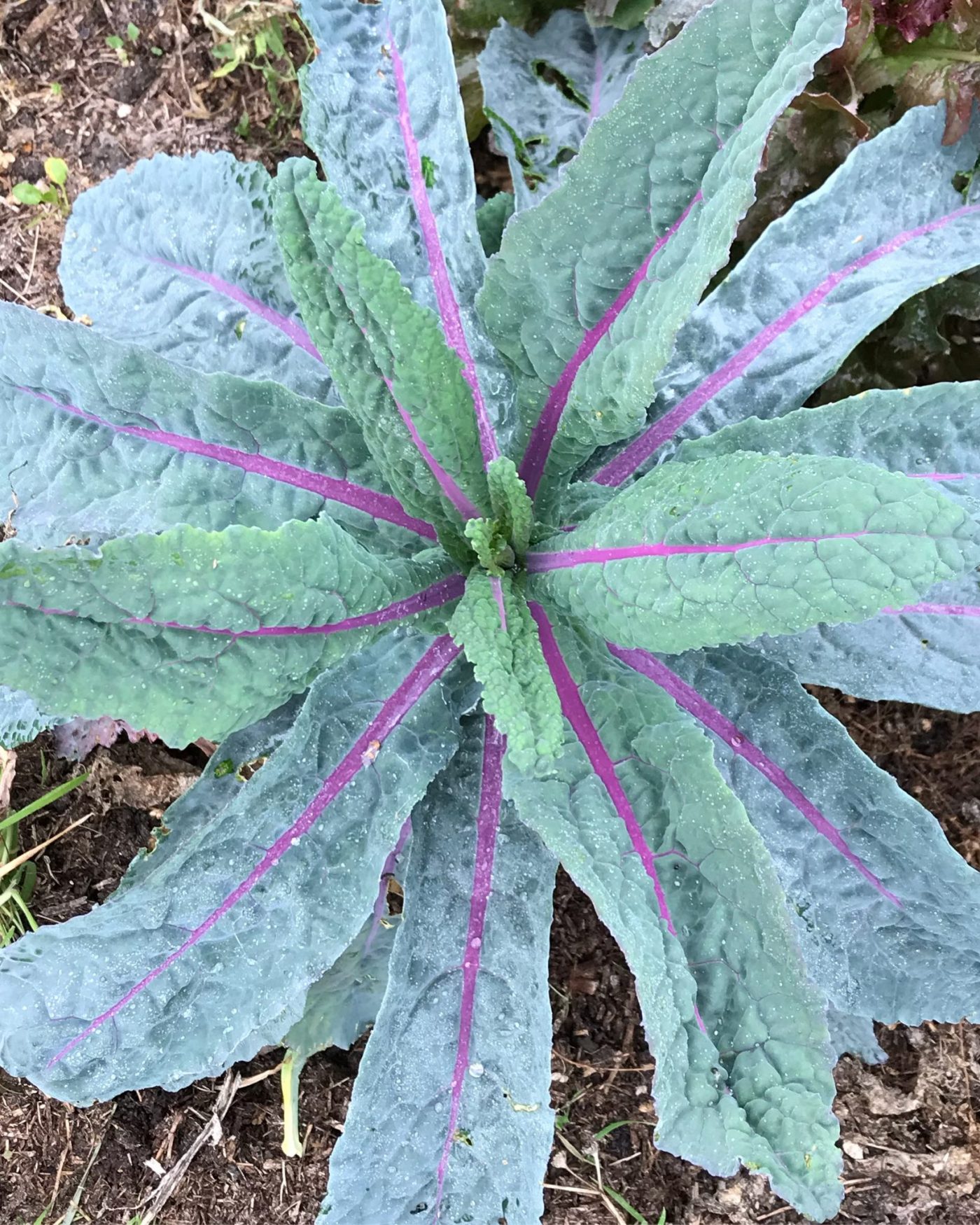
Kale is an excellent crop for nutritious greens and you can pick the lower leaves, waiting for more to grow from the top. Like most plants on this page, can be grown in large pots as well as the ground and will benefit from regular watering and feeding. Can be grown in part shade too. Just watch out for caterpillars of cabbage white butterflies, they love them and zone in on them. As soon as you see a bite, look for them and remove or they’ll eat your kale in days!
6) Sow some salad seeds
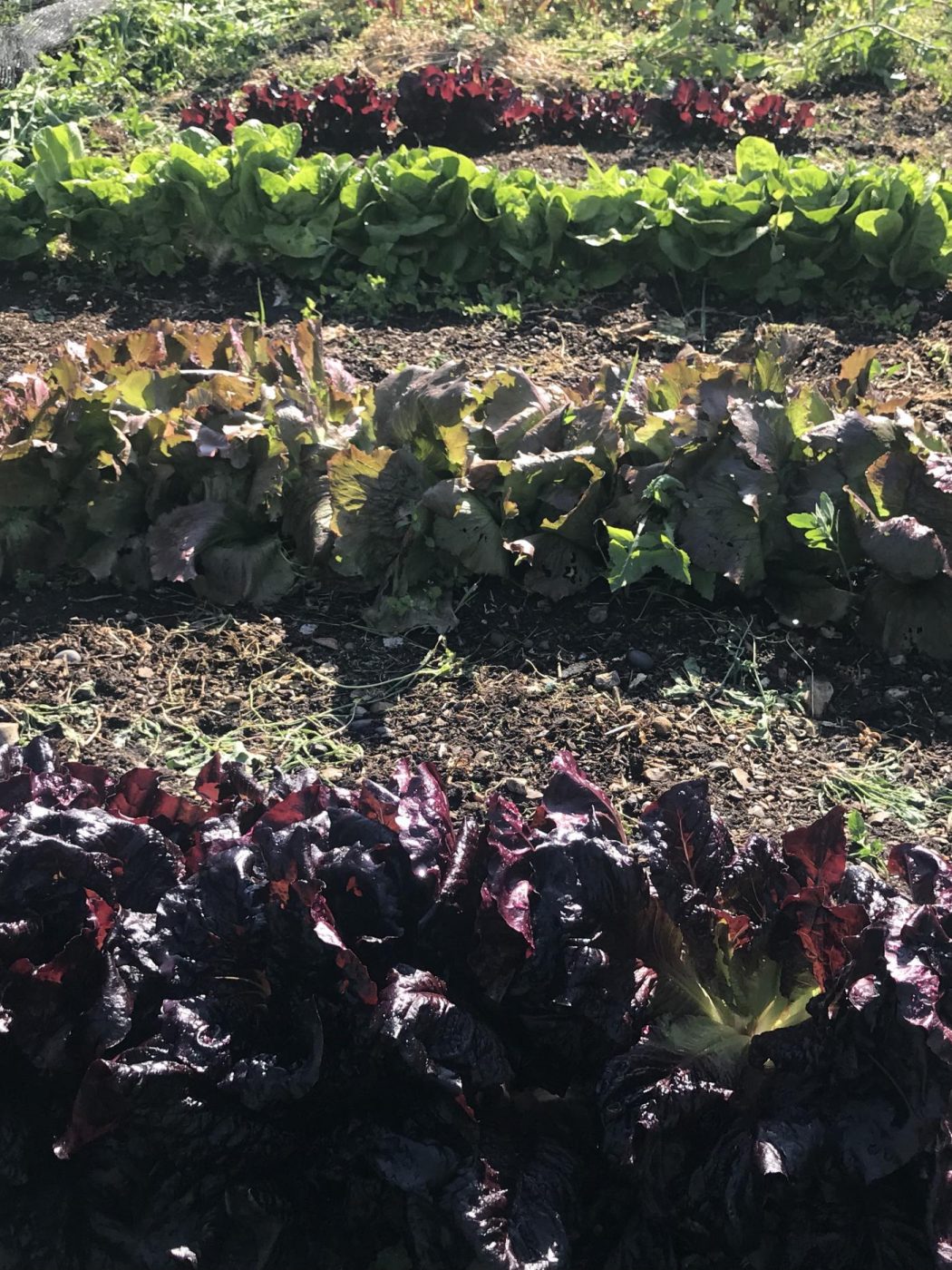
Buy lettuce that is called cut and come again types, these let you pick outer leaves while more will grow from the top. Lettuce is fast growing and you can grow it in the ground or in pots or window boxes. Grows best in sun with lots of watering but can grow in part-shade too (or even indoors using grow lights).
7) Grow pots of herbs
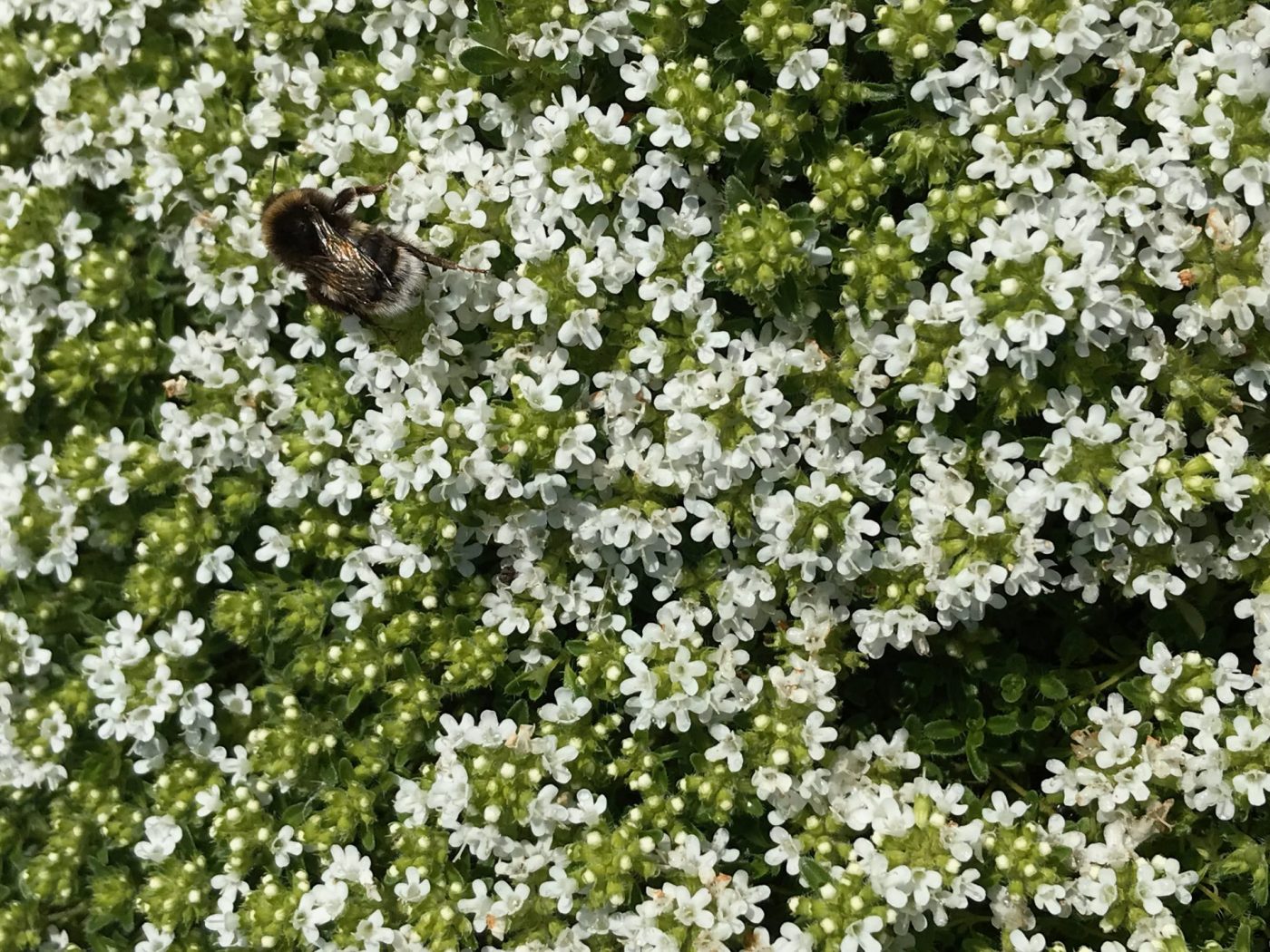
Buy plants of herbs online or from garden nurseries. You can try from seed for basil, coriander and parsley but for others buy plants because they’ll be too slow to grow to a meaningful size this year, e.g. rosemary, thyme, chives, fennel, dill. Almost all herbs need full sun except for mint which thrives in shade to part shade. Mint is a great beginner herb and is nutritious with many uses, such as for mint teas.
8) Plant some native wildflowers for insect watching
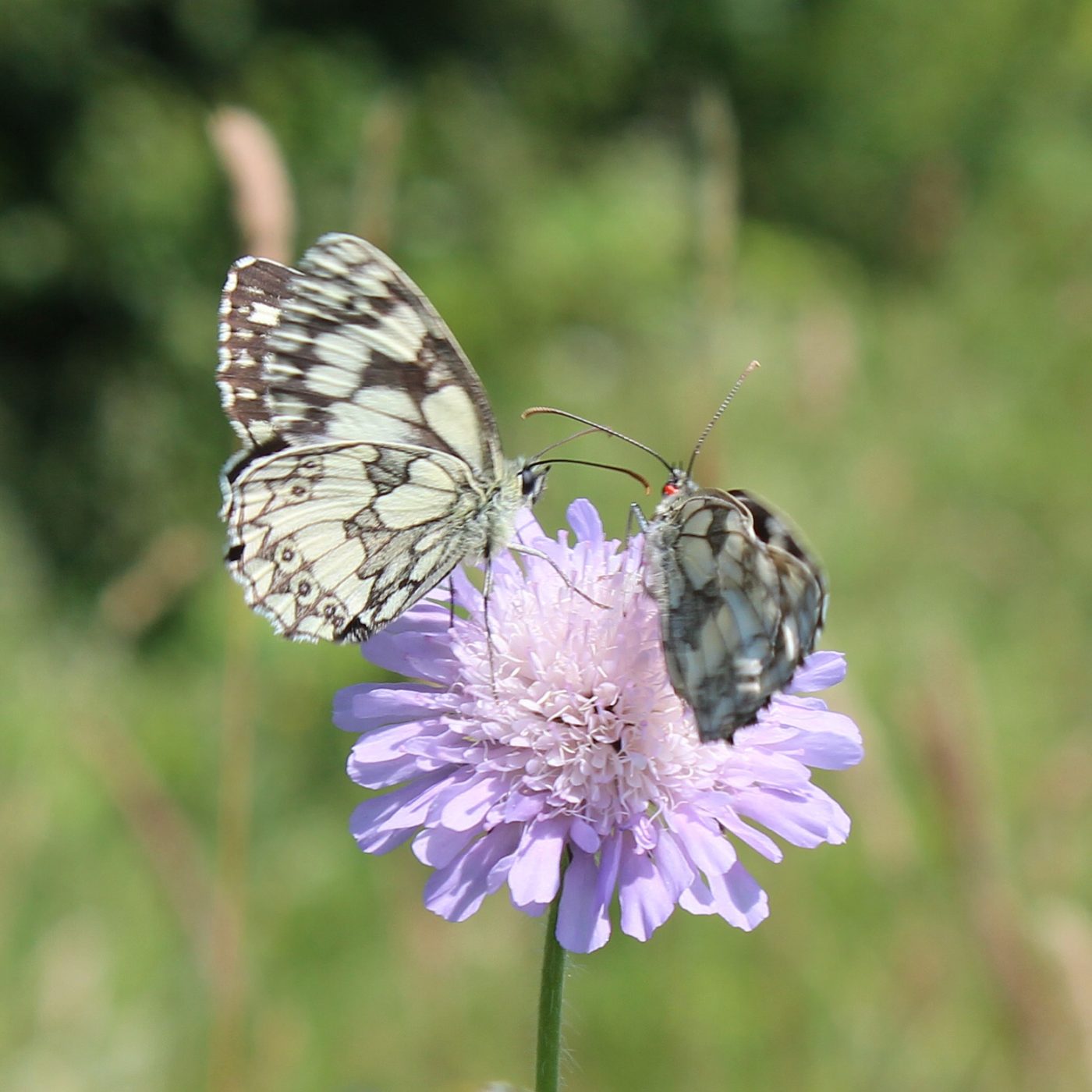
There are lots of easy wildflowers to grow such as Field Scabious (above), wild carrot, knapweed and oxeye daisy. Or just let weeds self seed and watch your garden turn into a mini-ecosystem. Start monitoring the wildlife and you’ll be endlessly entertained by any new critters you spot. Search online for sellers of wildflower plants and seeds, such as Naturscape.co.uk, wildflowers.co.uk and wildflowershop.co.uk, or seeds from chilternseeds.co.uk.
9) Grow some easy nasturtiums
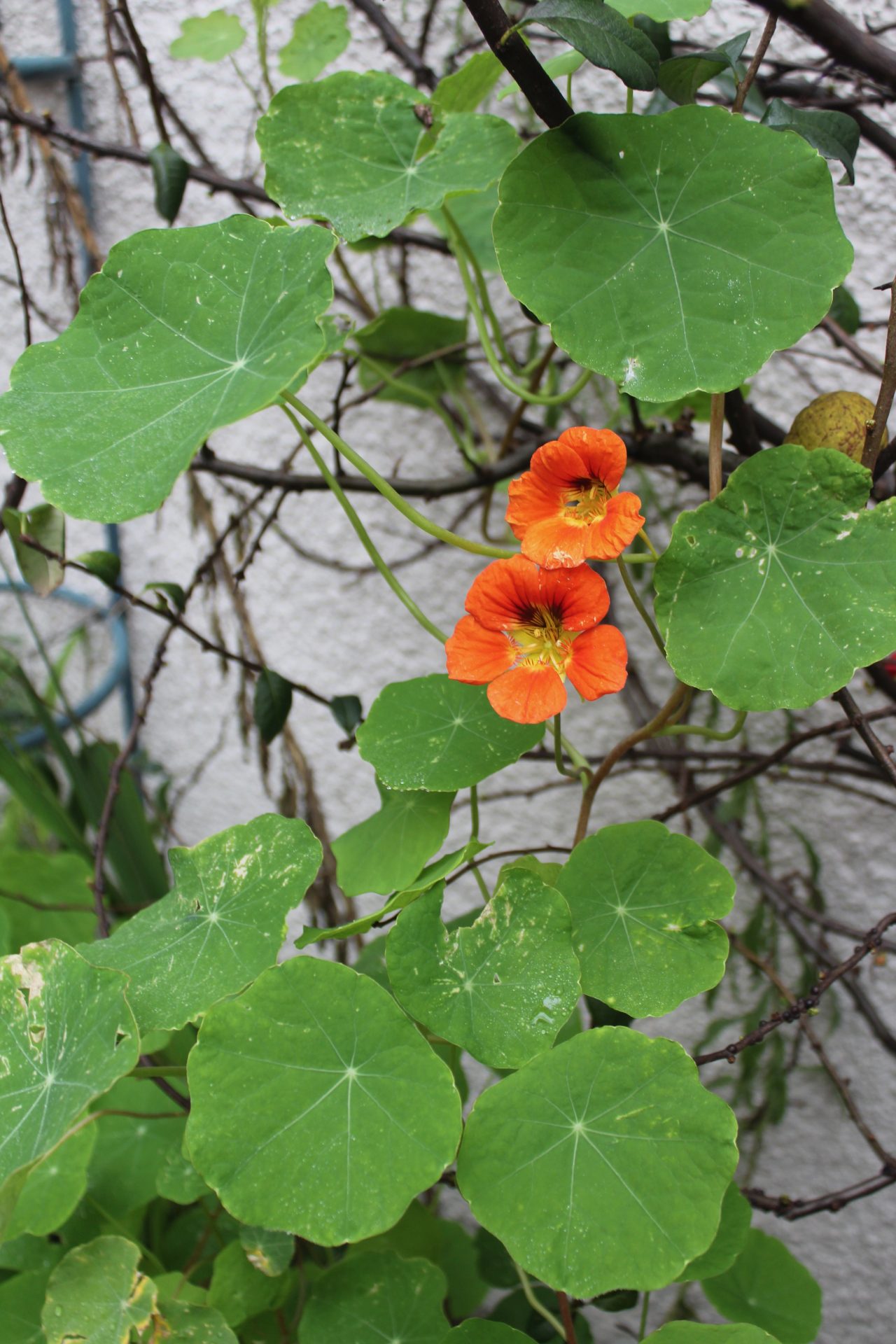
If you’re new to gardening, grow the first thing I ever did, Nasturtiums. They grow like Billy-o, look pretty, are good for bees and caterpillars and you can eat the entire plant! For instant results that last most of the year, start here. They’ll even self seed if happy.
10) Add some excitement to your potatoes
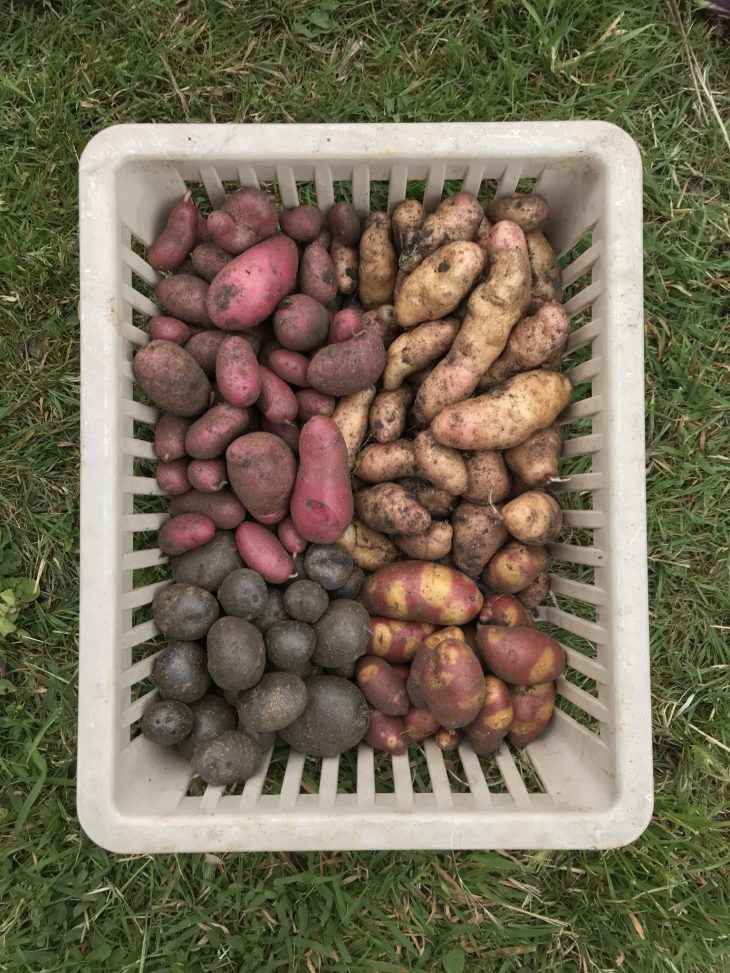
Shops won’t run out of potatoes but they don’t have the sheer variety available to us gardeners! Order some exciting colourful varieties now to plant any time now before mid-April. I love Anya and Pink Fir Apple but for something different try spotty ‘Pink Gypsy’, purple ‘Violetta’ and pink ‘American Rose’. Potatoes take up a lot of space but they’re pretty easy to grow and you can grow a few token tatties in large pots.
11) Grow mini aubergines in a pot
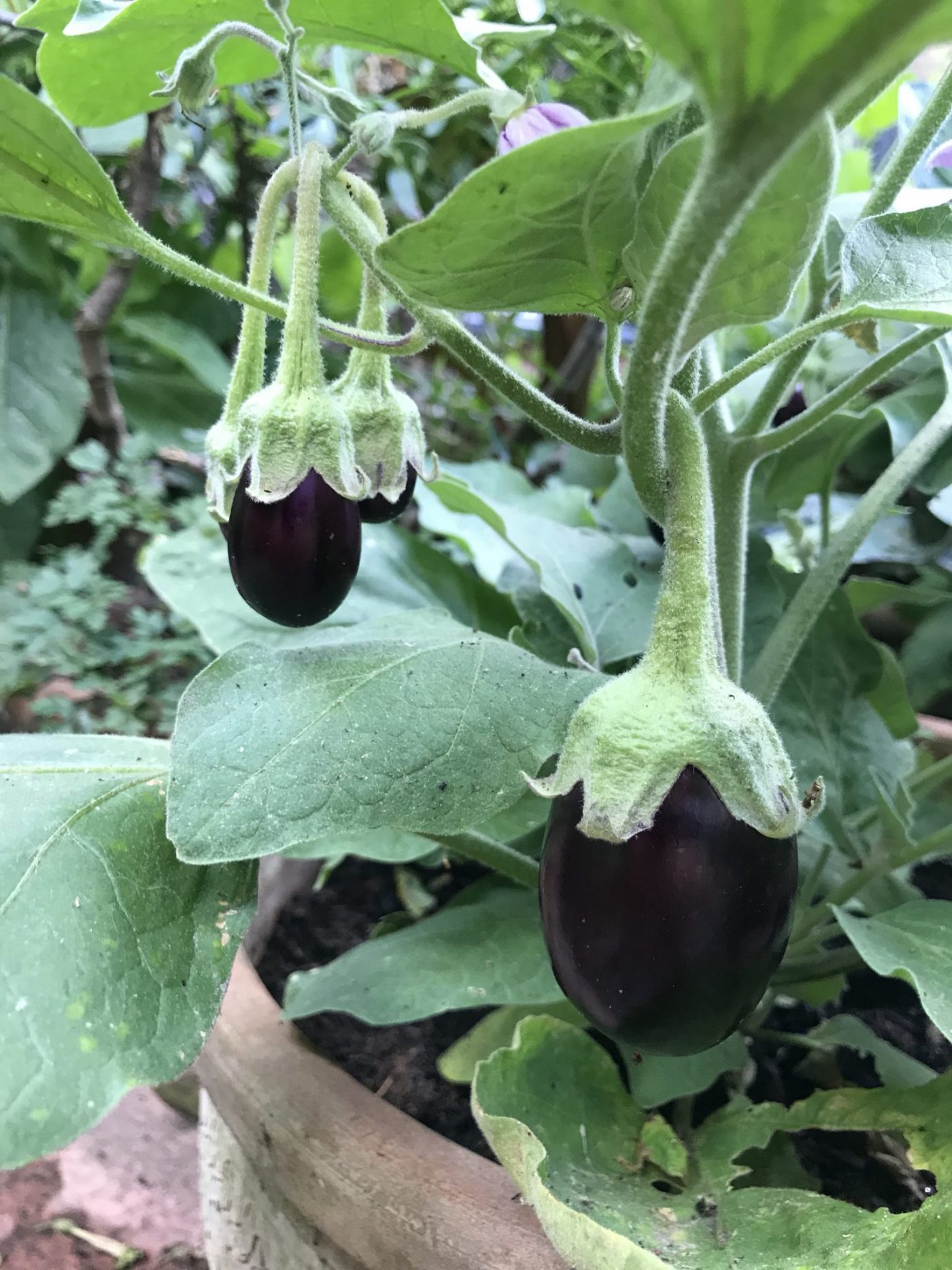
It is possible to grow aubergines in a large 30cm+ pot of peat free compost outdoors – I know because I do it every year. They just need a sheltered, very sunny spot. The variety I really like is ‘Pot Black’ but there is also ‘Pin Stripe’. The plants look beautiful too. Sow now indoors until the weather warms up and they are quite large plants.

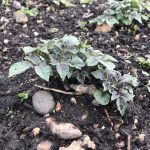
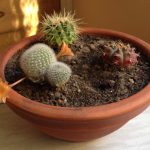
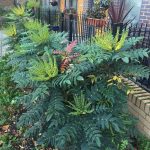
Yup. Great post. Gives us meaningful alternative things to do. Thanks.
Thanks Keith! Happy growing.
Great post Jack… For children, unusual or fast-growing plants arenalso appealng. Sunflowers can be quite dramatic, easy to grow, and are beloved by birds at the end of the season. Radishes grow in our current cooler weather, as do Sugar Snap peas… There are purple-podded Snap Peas too, which are very pretty. Children can munch them right off the plant : ) Kalettes are still a little unusual, and quite nutritious. Also adding a few flowers to attract more pollinators, and long-blooming borage for bees would create beauty and interest.
Thanks for the great tips for children Jo, fab ideas!
Fenugreek (methi) and mustard seeds are available cheaply in our local Asian corner shops – both germinate very reliably, give nutritious tasty green leaves (use methi as spinach substitute in curries, mustard leaves in salad), and are great for kids to sow (just sprinkle on a bit of soil).
Herbs also easy from seed – sow basil in pots on windowsill, and hardier ones outside – I have sage, rosemary, marjoram and thyme in a little rockery in back garden.
Chillies easy too – sow now, sunny windowsill to start, warm water, pot on in good compost, keep inside til June.
Excellent tips Christine! Thank you
Hi Jack, great post. How about Cape Gooseberries? I grow them in pots every year, they taste better fresh than the supermarket ones and they’re fun to ‘unwrap’ before eating. Also, great with cheese!
Ooh, yes great shout Caro!
Really good post. If we grew all of those, it’d be a beautiful, productive garden 😀 Don’t forget to include perennial edible plants in plans – things that will come back every year. A fruit bush like whitecurrant, sweet alpine strawberries, jerusalem artichokes, thornless blackberries; there’ll be there when you need them with less effort than tomatoes.
Thanks Ryan, those are all very sensible and interesting suggestions too! Thank you and stay well.
Jack